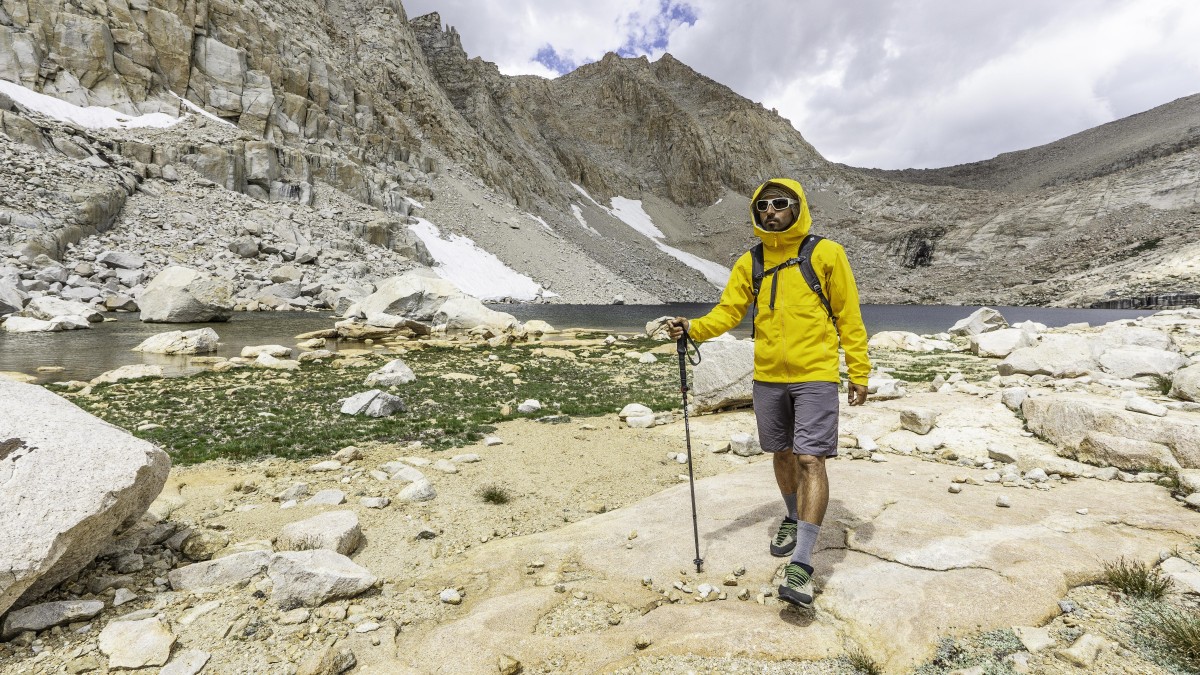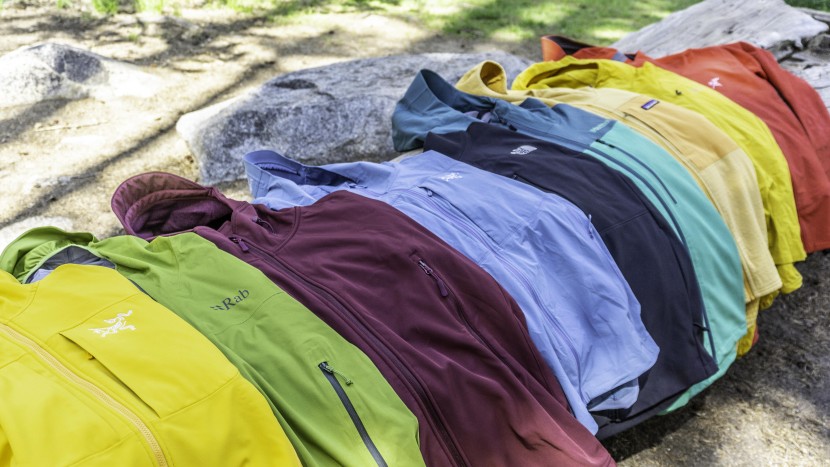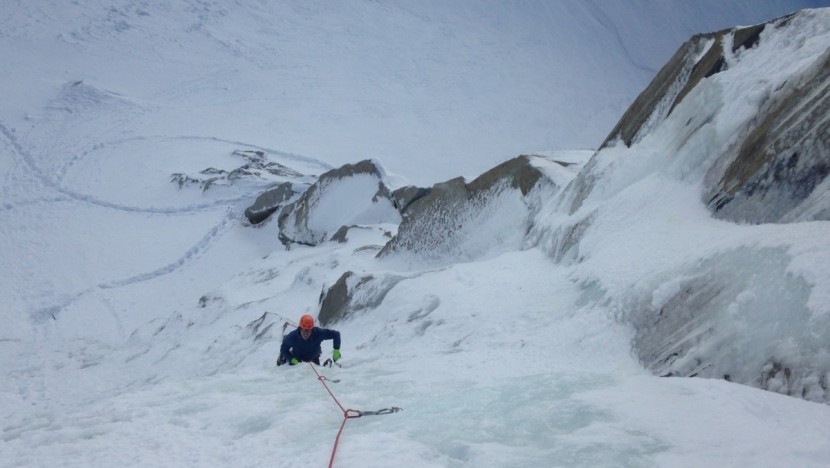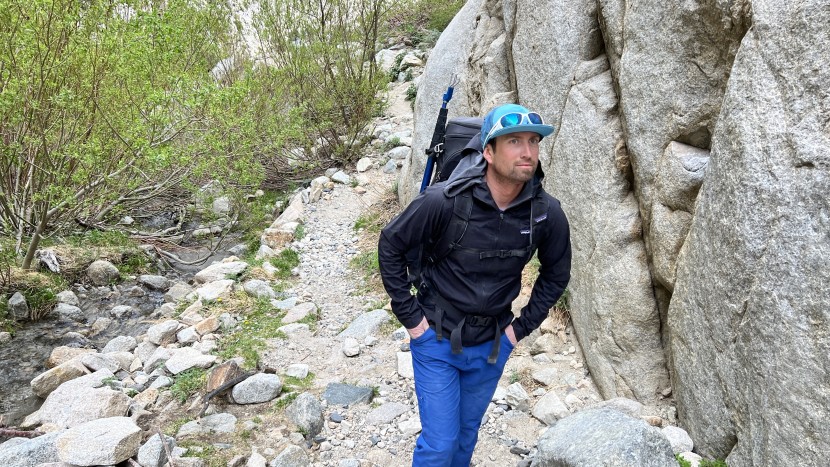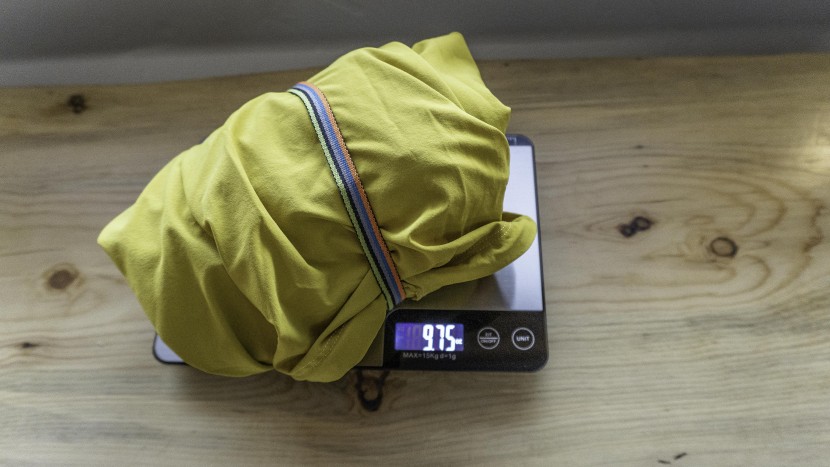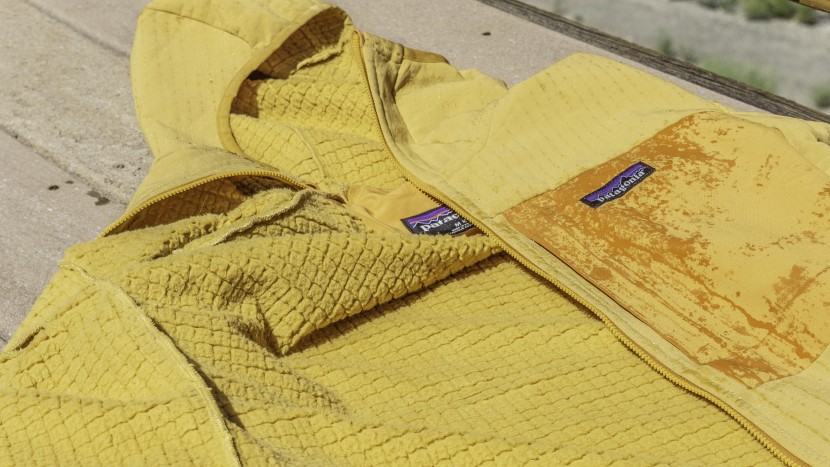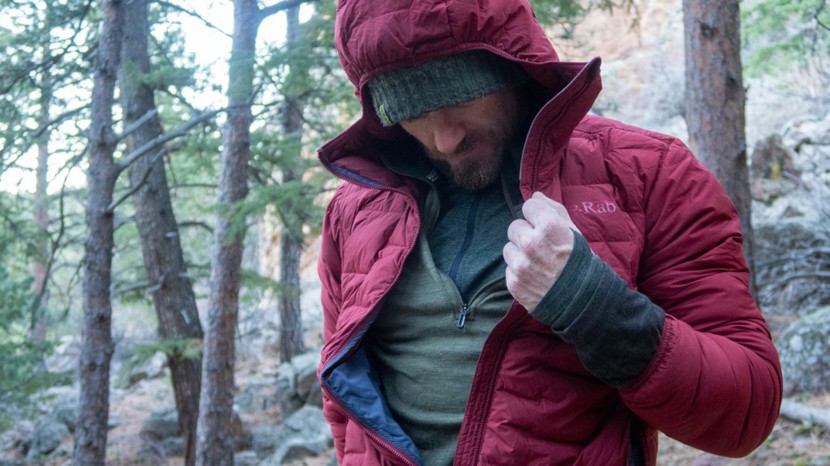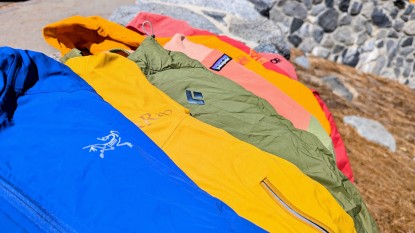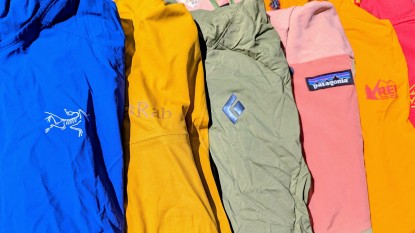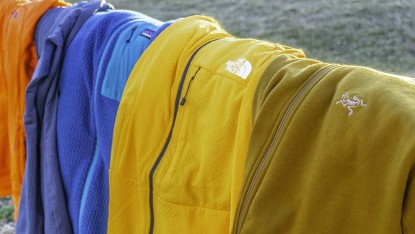Are you in the market for a new softshell? These jackets are a fantastic blend of weather protection, breathability, and mobility. It's thanks to this blend that their use has grown so much in popularity over recent years — they have become one of the most versatile layers for a myriad of different conditions. In this article, we'll expand on a variety of considerations to help you make a more informed purchasing decision.
Softshell jackets may have been a niche item in the past, but the materials have gotten lighter and more effective at blocking wind and rain while continuing to improve flexibility and mobility. It is hard to find a closet in a mountain town that doesn't have at least one, proving its usefulness in the conditions that most of us want to go out and recreate in. Without a doubt, you will still need a top-ranked rain jacket for when the skies really open up and your favorite insulated jacket for when the temperatures drop, and you need to trap some heat, but for most of us, a softshell jacket gives us enough weather protection while still allowing moisture to wick through and keep our bodies warm and dry.
For more generalized advice about how to layer for outdoor activities, check out our How to Layer Clothing to Keep Warm article.
Primary Considerations of a Softshell
While many elements make up a softshell, there are just a handful of primary considerations you should make before your first or next softshell purchase.
Breathability
Irrefutably, the breathability of a softshell is one of its strongest attributes as a garment class. While softshell manufacturers utilize a wide spread of fabrics, they all generally offer nylon and/or polyester as the primary fabric type, ushering sweat away from your body. Lighter-duty options frequently score higher in this metric, though they are more likely to fall behind in weather protection. If you're planning on lots of activity in your softshell, whether climbing or running, consider breathability as a priority. Additionally, prioritize this metric if you recreate in warmer climates. If you are looking for a softshell that offers the most flexibility, we'd also suggest this priority, given that you can always add layers to increase warmth or weather resistance.
Weather Resistance
Softshell jackets shouldn't be relied upon in sustained inclement weather. These breathable layers don't have the waterproof construction of a hardshell/rain jacket and shouldn't be used as such. Having said this, many models offer some protection from the rain and work very well as the outermost shell in drier conditions. If you recreate in milder climates, this class of jacket could be used as your weather protective piece in your backpack, just double check the weather forecast before you go out. Other aspects of this metric include wind resistance and heat retention, which can be found in some softshell jackets. Many of the lightweight options in our lineup have some wind protection and offer at least a little warmth. As you trend into midweight or heavyweight softshells, you'll find better performance, especially if the garment is fleece-lined. The key tradeoffs in this metric are weight versus weather protection (lighter equals less protection) and breathability versus weather protection (the better the breathability, the worse the protection).
Features
The features we look for are good wrist closures, adjustable hems, well-designed pockets, a helmet-compatible hood, and a fit that allows for excellent mobility. For lightweight softshells, we like elastic wrist cuffs that are minimal and can be pulled up to our elbows if needed. If you plan on wearing gloves while skiing or climbing in cold weather, especially large gauntlet-style gloves, then having large cuff openings with glove-friendly Velcro tabs will be more important. Hoods are an important consideration, too. Skiers and climbers will want a helmet-compatible hood, while those who don't practice those sports can forgo some weight and bulk by choosing a coat with a more fitted hood or no hood at all.
Fit
The best jacket on the market won't do you much good if it fits poorly. Climbers, trail runners, and cyclists want a shell that is fitted, does not have too much extra material flapping around, and allows for a midweight base layer to be worn underneath but not much more. Skiers and backpackers may want a bit more room for layering underneath as well as to offer more protection past the waistline. Some models may not run true-to-size, so it might require upsizing or downsizing to get that Goldilocks fit…just right.
Weight
Weight is a consideration for every single piece of outdoor gear, and softshells are no different. Heavier options are likely to offer more warmth and weather protection, with the potential added bonus of better durability. Lighter weight options are likely to provide better breathability, but durability is more variable, although some lightweight options last longer than others.
Softshell Jackets vs. Other Outwear
Because these jackets come in a variety of styles and have multiple uses, they should be compared with several other types of outdoor clothing. The term “shell jacket” gets tossed around heavily, but depending on the context, it has many different meanings. Below, we'll discuss some of the common jacket types available today and how they compare to softshells.
Hardshells/Rain Jackets
Rain jackets, or hardshells, as they are often called, are fully waterproof and offer top-tier weather protection when it's wet out. This class of garment is also likely to offer great wind resistance, but they rarely offer warmth unless a manufacturer lines the inside with insulation. The setback with hardshell jackets is their subpar breathability. Softshell jackets breathe substantially better, but they offer much less weather protection, generally speaking. Depending on the specific product, a softshell can also actually offer some warmth and wind protection, but if you're prioritizing waterproofness in your shopping, a hardshell may be best.
Wind Breakers
These minimalist layers are among the lightest garments available today, sometimes weighing several times less than any other shell jacket. These are best for extremely light-duty warmth or weather protection needs. They are so lightweight you're unlikely to notice them in your backpack, making them an excellent just-in-case layer, though they can often feel like a thin trash bag when it comes to breathability. Softshell jackets weigh much more, but they are likely to offer better breathability, warmth, and sometimes weather protection. If you are prioritizing weight above all else, a wind breaker is an excellent choice, though some softshells are closer to a hybrid windbreaker.
Fleeces
Fleece jackets are, first and foremost, heat retention layers best worn close to your body. These are unlikely to offer much weather resistance, but they boast incredible next-to-skin comfort. Softshell jackets are less likely to offer quite as much warmth as fleeces but are far better for weather protection and breathability. Some softshells do actually offer a fleece-lined inner, so if you're hunting for a warmer softshell or are torn between these two jacket classes, you can have it all.
Insulated Jackets
Insulated jackets offer a wide variety of insulation types, ranging from fleece to synthetic down to authentic down. This class of jacket leans far more on warmth than any other metric, though many manufacturers offer a shell-esc outer layer to provide both heat retention and weather protection. Insulated jackets are arguably the least breathable upper body garment available, whereas softshells offer the most breathability. Softshells also typically offer minimal warmth unless one purchases a fleece-lined option. At the end of the day, these two jacket classes are likely the furthest apart categories, but it all comes down to your needs: if you prioritize warmth, go with an insulated jacket; if you prioritize breathability, go with a softshell. If you are seeking a blend of attributes, consider a hybrid option, such as a fleece-lined softshell.
How to Layer with a Softshell Jacket
A softshell jacket's usefulness diminishes as you attempt to stuff a lot of extra layers underneath it, as the more insulation you have, the more your body heat will be trapped by those layers. We find that wearing a softshell on top of a light or midweight base layer is the best combination during activity in cold weather. The less material you have under the softshell, the more capable it is of breathing. Once you stop, it is important to quickly put on an insulated jacket to trap your body heat, as the need for breathability is no longer critical.
Softshells can also be paired with a hardshell or rain jacket in inclement weather. Different softshells offer differing levels of weather protection, and none are fully waterproof. If there's a chance of precipitation, be sure to bring an impermeable layer to wear over your softshell. Finally, remember that softshells function best when they're relatively close to your skin.
Conclusion
Softshell jackets are a beautiful combination of weather resistance, breathability, and mobility. Despite having all these attributes, there is still a huge spectrum out there for you to choose from. Whether you plan on using yours for trail running and mountain biking and favor a lightweight wind-resistant material, or you are more of a hardcore alpinist and want something to shed the snow while letting you work hard on the difficult pitches, there is a softshell out there for you. Many of us have a closet full of them for all the intended applications they might be useful for. We hope that this article has educated you on all the nuances of this unique piece of outdoor apparel and that it helps you choose the right jacket for the adventures you have planned.

